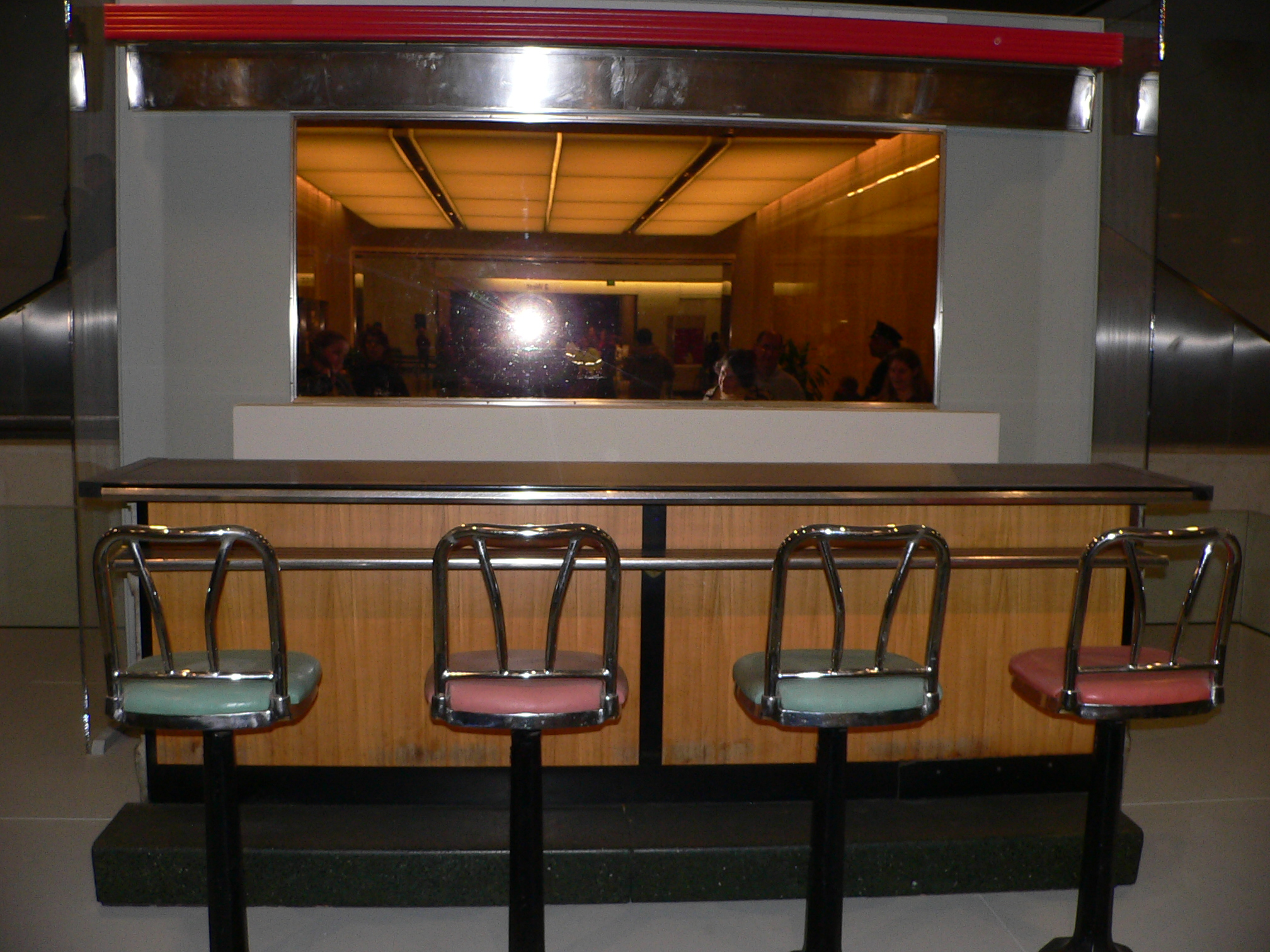|
Tõnu Lehtsaar
Tõnu Lehtsaar (born 2 May 1960, Tartu) is an Estonian psychologist. In 1983, he graduated from Tartu State University in psychology. From 2000 until 2016, he was a professor of psychology of religion at the University of Tartu. From 2006 to 2007 and again from 2017 to 2018, he was the acting rector of the University of Tartu. Awards * 1997: Order of the White Star The Order of the White Star (; ) was instituted in 1936. The Order of the White Star is bestowed on Estonian citizens and foreigners to give recognition for services rendered to the Estonian state. Design Classes The Order of the White Star ..., IV class. References 1960 births Living people Estonian psychologists Academic staff of the University of Tartu Recipients of the Order of the White Star, 4th Class University of Tartu alumni Rectors of the University of Tartu {{Estonia-academic-bio-stub ... [...More Info...] [...Related Items...] OR: [Wikipedia] [Google] [Baidu] |
Tartu
Tartu is the second largest city in Estonia after Tallinn. Tartu has a population of 97,759 (as of 2024). It is southeast of Tallinn and 245 kilometres (152 miles) northeast of Riga, Latvia. Tartu lies on the Emajõgi river, which connects the two largest lakes in Estonia, Lake Võrtsjärv and Lake Peipus. From the 13th century until the end of the 19th century, Tartu was known in most of the world by variants of its historical name Dorpat. Tartu, the largest urban centre of southern Estonia, is often considered the "intellectual capital city" of the country, especially as it is home to the nation's oldest and most renowned university, the University of Tartu (founded in 1632). Tartu also houses the Supreme Court of Estonia, the Ministry of Education and Research (Estonia), Ministry of Education and Research, the Estonian National Museum, and the oldest Estonian-language theatre, Vanemuine. It is also the birthplace of the Estonian Song Festivals. Tartu was designated as the E ... [...More Info...] [...Related Items...] OR: [Wikipedia] [Google] [Baidu] |
Estonia
Estonia, officially the Republic of Estonia, is a country in Northern Europe. It is bordered to the north by the Gulf of Finland across from Finland, to the west by the Baltic Sea across from Sweden, to the south by Latvia, and to the east by Russia. The territory of Estonia consists of the mainland, the larger islands of Saaremaa and Hiiumaa, and over 2,300 other islands and islets on the east coast of the Baltic Sea. Its capital Tallinn and Tartu are the two largest List of cities and towns in Estonia, urban areas. The Estonian language is the official language and the first language of the Estonians, majority of its population of nearly 1.4 million. Estonia is one of the least populous members of the European Union and NATO. Present-day Estonia has been inhabited since at least 9,000 BC. The Ancient Estonia#Early Middle Ages, medieval indigenous population of Estonia was one of the last pagan civilisations in Europe to adopt Christianity following the Northern Crusades in the ... [...More Info...] [...Related Items...] OR: [Wikipedia] [Google] [Baidu] |
University Of Tartu
The University of Tartu (UT; ; ) is a public research university located in the city of Tartu, Estonia. It is the national university of Estonia. It is also the largest and oldest university in the country.About the University University of Tartu The university was founded under the name of ''Academia Gustaviana'' in 1632 by Baron Johan Skytte, the of Swedish Livonia, |
List Of Rectors Of The University Of Tartu
{{Short description, none List of rectors of the University of Tartu. Academia Gustaviana (1632–1665) * Jakob Skytte (illustris, 1632–1633) * Andreas Virginius (1633) * Heinrich Hein (1633–1634) * Johann Below (1634) * Michael Savonius (prorector, 1634–1635) * Georg Manzel (prorector, 1635–1636) * Georg Manzel (1636) * Lorenz Luden (1636–1637) * Peter Schomer (1637–1638) * Salomon Matthiae (1638) * Andreas Virginius (1638–1639) * Heinrich Hein (1639–1640) * Johann Below (1641–1641) * Andreas Virginius (1641–1642) * Lorenz Luden (1642–1643) * Johannes Ericsson (1643–1644) * Salomon Matthiae (1644–1645) * Andreas Virginius (1645–1646) * Heinrich Hein (1648–1649) * Salomon Matthiae (1649–1650) * Sebastian Wirdig (1650–1651) * Johannes Stiernstråle (1651–1652) * Lorenz Luden (1652–1653) * Joachim Schelen (1653–1654) * Johannes Stiernstråle (1654–1655) * Heinrich Hein (1655–1656) * Andreas Virginius (prorector, in ... [...More Info...] [...Related Items...] OR: [Wikipedia] [Google] [Baidu] |
Order Of The White Star
The Order of the White Star (; ) was instituted in 1936. The Order of the White Star is bestowed on Estonian citizens and foreigners to give recognition for services rendered to the Estonian state. Design Classes The Order of the White Star comprises one special collar class, five basic classes, and one medal: * Special class: Collar of the Order. It is a golden necklet that has smaller Stars in its design all around it. * The five main classes: ** First Class – It has two different types, the male version and the female version. The male version of the Order of the White Star has wider ribbons than the female class. ** Second Class – It has two different types, the male version and the female version. The male version of the Order of the White Star is worn around the neck, female recipients wear the insignia mounted on a bow on the left chest. ** Third Class – It has two different types, the male version and the female version. The male version of the Order of the Whi ... [...More Info...] [...Related Items...] OR: [Wikipedia] [Google] [Baidu] |
1960 Births
It is also known as the " Year of Africa" because of major events—particularly the independence of seventeen African nations—that focused global attention on the continent and intensified feelings of Pan-Africanism. Events January * January 1 – Cameroon becomes independent from France. * January 9– 11 – Aswan Dam construction begins in Egypt. * January 10 – British Prime Minister Harold Macmillan makes the "Wind of Change" speech for the first time, to little publicity, in Accra, Gold Coast (modern-day Ghana). * January 19 – A revised version of the Treaty of Mutual Cooperation and Security between the United States and Japan ("U.S.-Japan Security Treaty" or "''Anpo (jōyaku)''"), which allows U.S. troops to be based on Japanese soil, is signed in Washington, D.C. by Prime Minister Nobusuke Kishi and President Dwight D. Eisenhower. The new treaty is opposed by the massive Anpo protests in Japan. * January 21 ** Coalbrook mining disaster: A coal mine ... [...More Info...] [...Related Items...] OR: [Wikipedia] [Google] [Baidu] |
Living People
Purpose: Because living persons may suffer personal harm from inappropriate information, we should watch their articles carefully. By adding an article to this category, it marks them with a notice about sources whenever someone tries to edit them, to remind them of WP:BLP (biographies of living persons) policy that these articles must maintain a neutral point of view, maintain factual accuracy, and be properly sourced. Recent changes to these articles are listed on Special:RecentChangesLinked/Living people. Organization: This category should not be sub-categorized. Entries are generally sorted by family name In many societies, a surname, family name, or last name is the mostly hereditary portion of one's personal name that indicates one's family. It is typically combined with a given name to form the full name of a person, although several give .... Maintenance: Individuals of advanced age (over 90), for whom there has been no new documentation in the last ten ... [...More Info...] [...Related Items...] OR: [Wikipedia] [Google] [Baidu] |
Estonian Psychologists
Estonian may refer to: * Something of, from, or related to Estonia, a country in the Baltic region in northern Europe * Estonians, people from Estonia, or of Estonian descent * Estonian language * Estonian cuisine * Estonian culture See also * * Estonia (other) * Languages of Estonia * List of Estonians This is a list of notable people from Estonia, or of Estonian ancestry. Architects * Andres Alver (born 1953) * Dmitri Bruns (1929–2020) * Karl Burman (1882–1965) * Eugen Habermann (1884–1944) * Georg Hellat (1870–1943) * Otto Pius Hip ... {{Disambiguation Language and nationality disambiguation pages ... [...More Info...] [...Related Items...] OR: [Wikipedia] [Google] [Baidu] |
Academic Staff Of The University Of Tartu
An academy (Attic Greek: Ἀκαδήμεια; Koine Greek Ἀκαδημία) is an institution of tertiary education. The name traces back to Plato's school of philosophy, founded approximately 386 BC at Akademia, a sanctuary of Athena, the goddess of wisdom and Skills, skill, north of Ancient Athens, Athens, Greece. The Royal Spanish Academy defines academy as scientific, literary or artistic society established with public authority and as a teaching establishment, public or private, of a professional, artistic, technical or simply practical nature. Etymology The word comes from the ''Academy'' in ancient Greece, which derives from the Athenian hero, ''Akademos''. Outside the city walls of Athens, the Gymnasium (ancient Greece), gymnasium was made famous by Plato as a center of learning. The sacred space, dedicated to the goddess of wisdom, Athena, had formerly been an olive Grove (nature), grove, hence the expression "the groves of Academe". In these gardens, the philos ... [...More Info...] [...Related Items...] OR: [Wikipedia] [Google] [Baidu] |
University Of Tartu Alumni
A university () is an institution of tertiary education and research which awards academic degrees in several academic disciplines. ''University'' is derived from the Latin phrase , which roughly means "community of teachers and scholars". Universities typically offer both undergraduate and postgraduate programs. The first universities in Europe were established by Catholic monks. The University of Bologna (), Italy, which was founded in 1088, is the first university in the sense of: *being a high degree-awarding institute. *using the word (which was coined at its foundation). *having independence from the ecclesiastic schools and issuing secular as well as non-secular degrees (with teaching conducted by both clergy and non-clergy): grammar, rhetoric, logic, theology, canon law and notarial law.Hunt Janin: "The university in medieval life, 1179–1499", McFarland, 2008, , p. 55f.de Ridder-Symoens, Hilde''A History of the University in Europe: Volume 1, Universities in th ... [...More Info...] [...Related Items...] OR: [Wikipedia] [Google] [Baidu] |





